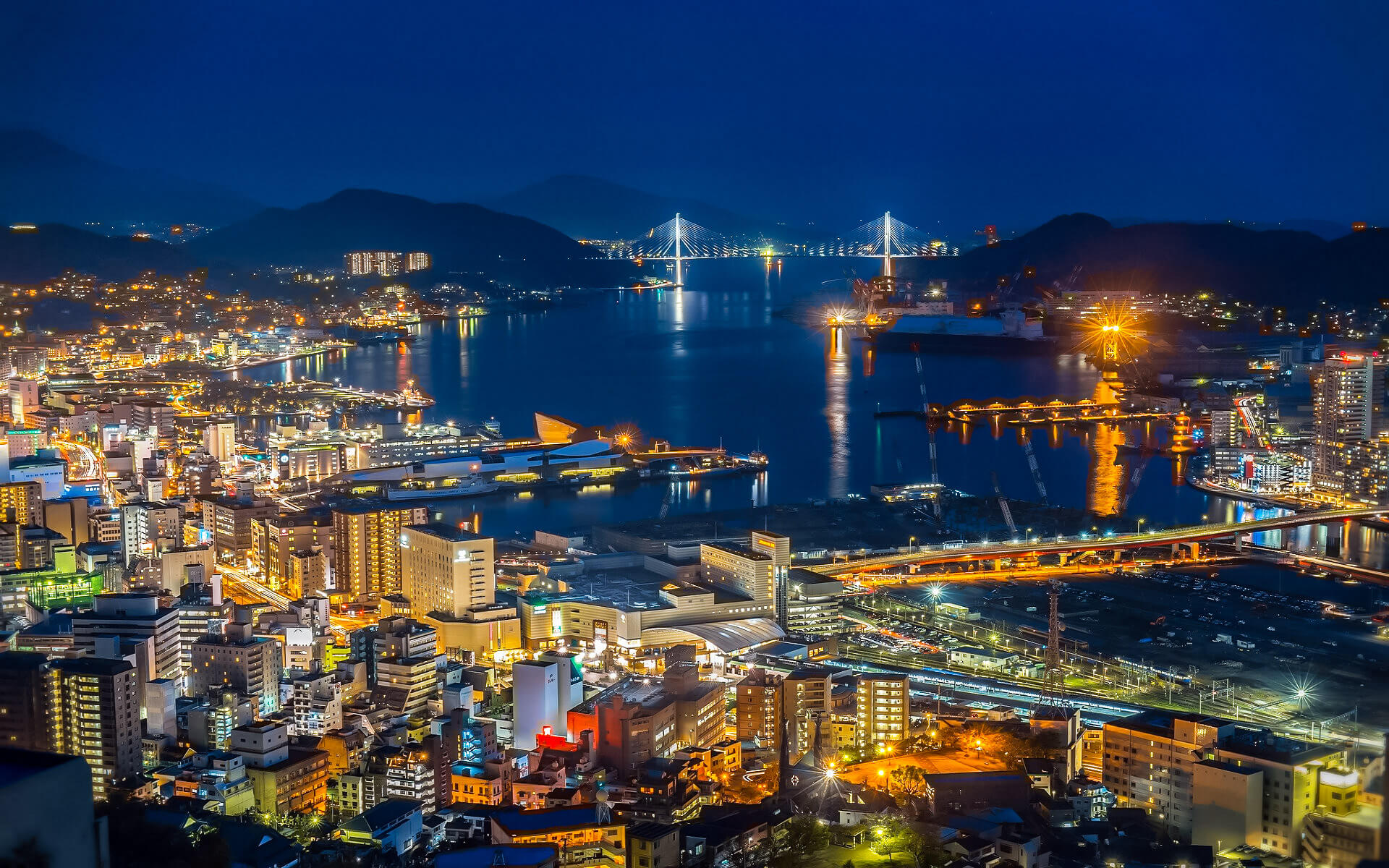Nagasaki is the capital and biggest city of Nagasaki Prefecture on the Japanese island of Kyushu. It was a center of Portuguese and Dutch influence from the 16th to the 19th century, and Nagasaki’s churches and Christian sites have been recommended for inclusion on the UNESCO World Heritage List. During the First Sino-Japanese War and the Russo-Japanese War, a large Imperial Japanese Navy base was located in Nagasaki. Its name translates as “long cape.”
During World War II, the American atomic bombs of Hiroshima and Nagasaki rendered Nagasaki the world’s second and, to date, only nuclear-attacked city.
As of January 1, 2009, the city has an estimated population of 446,007 people and a population density of 1,100 people per square kilometer. The entire land area is 406.35 km2.


